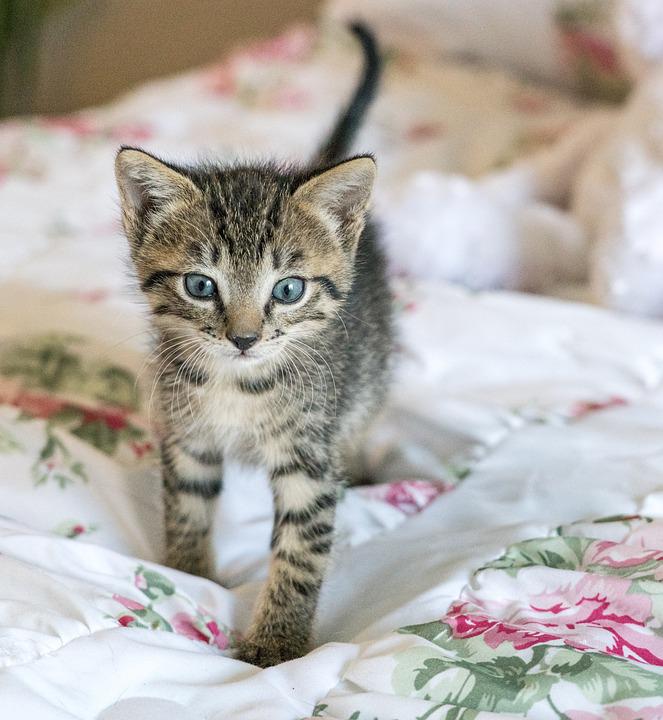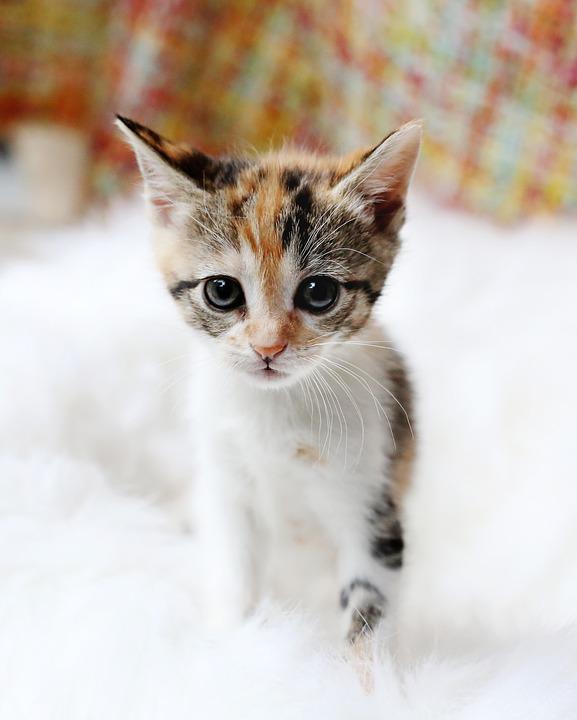Criteria for Choosing Your Cat
Choosing your cat is the first step before buying or adopting a cat. It’s best to be well informed before committing yourself for 15 years. Male or female, pedigree or alley cat, hypoallergenic cat breed…
Choosing your cat: purebred or alley cat?
The first question to ask yourself before welcoming a cat into your home is where it comes from: is it an alley cat (a mongrel cat that does not have a specific breed and is often feral) or a purebred cat? Your choice should take into account the following elements:
Alley cats are the most common and the easiest to get. Many people are looking to give away kittens, and shelters are full of adorable kittens to adopt.
But purebred cats also have their qualities:
For many years, the breeders’ products of the selection, the cats of race have a character often well-fixed, that we can know in advance; what is more challenging to determine in a kitten which is the fruit of nocturnal loves between two vagrants!
On the other hand, purebred cats have fixed physical characteristics. So if you have a penchant for long-haired cats or sophisticated looks, it’s best to go with a pedigree.
What breed of cat should I choose?
There are about 70 officially recognized cat breeds, and only about 20 of them have a population of more than 100 births per year in the United States. Purebred cats are therefore often rare and expensive, even very expensive. Count between $700 and $1,500 on average, depending on the breed. Here are the 2 main criteria for choosing the right cat:
First of all, the choice of a breed must be made, taking into account your lifestyle. The latter must be compatible with the cat’s character so it will be happy in your home.
Physical appearance is also essential. For example, large cats will have more difficulty adapting to life in a small apartment. Or, some cats with very long hair, such as the Persian, require daily brushing and regular bathing. This essential maintenance takes time, so don’t neglect it when choosing your cat.
Read more: 6 Easy Steps to Bathe Your Cat
Choosing your cat: male or female?

Females have the reputation of being a little cleaner and less quarrelsome than males, but this is often a question of individual character. In general, it is important to know that it is during the period of heat that cats are the most agitated:
Males tend to fight and leave frequent urine markings.
Females will make high-pitched, eardrum-shredding meows.
But this only applies to cats that are not neutered and live outdoors. If you live in an apartment and plan to have your cat spayed or neutered, the sex of the kitten is of little importance.
Good to know: to distinguish the sex of cats, we observe the space between the anus and the genital tract; in males, this space is about 1 cm, while in females, the two almost touch.
Choosing your cat: allergy
In most cases, people are allergic to a protein produced by cats called FEL D1. This protein is present in the animal’s saliva and is deposited on its hair when it licks itself. This is why it is believed that the allergy comes from the hair. If you are allergic to cats, you can still welcome one into your home by choosing the right breed. However, two breeds of cats, the Siberian and the Korat, are known to cause few, if any, allergic reactions:
The Siberian is the cat breed that secretes the least amount of this protein. Allergenic tests have shown that it rarely causes reactions.
The Korat has no undercoat. It sheds very little hair, which has also shown that it can be suitable for some people with allergies.
Be careful: just because a cat has a very short coat, or even only a fine down, does not mean that it is hypoallergenic; in fact, naked cats cause as many allergic reactions as any other cat.
Choosing a cat: Toxoplasmosis
There are different ways to prevent the disease. If you want to get a cat but are hesitating because you are pregnant or planning to become pregnant and are afraid of catching toxoplasmosis, you should know that you can do it safely. At the beginning of pregnancy, the pregnant woman systematically undergoes an examination to determine whether or not she is immune:
If she is, she risks absolutely nothing. The cat can also be tested to make sure that there is no risk:
- an antibody test (2 blood tests 15 days apart);
- a stool oocyst test, twice at 8-day intervals.
If the woman is not immune, it is enough to take 4 simple precautions:
- The pregnant woman should no longer be in charge of changing the cat’s litter box.
- The cat should no longer hunt to avoid the risk of eating infected animals. Equipping it with a bell will scare away potential prey if it has access to the outdoors.
- Please do not give the cat any more meat unless it is well cooked.
- Deworm the cat.
In any case, it is important to know that toxoplasmosis is transmitted only by contact:
- with the cat’s feces;
- or with the cat’s claws that the feces have soiled.
A caress on the belly does not present any risk!
What are the criteria of choice?
Choosing a kitten is a wonderful moment, as it is your first meeting with the little companion who will share many years of your life. However, this choice must be made calmly. Even if it is difficult to avoid falling in love with these little balls of fur, it is important to be reasonable. The first criterion for choosing a kitten should be its apparent good health. So sift through him to make sure that everything is fine:
- It should be friendly and lively.
- His coat should be shiny and free of fleas.
- His eyes should be clean, clear, and bright.
- His nose, mouth, and ears should be clean and free of foul odors.
- His belly should be firm but not hard or swollen.
- His bottom should be clean.
- The kitten should also be friendly:
It should not be shy and should let itself be held without panicking. If not, it is a sign of poor socialization, and you may end up adopting a kitten with a lifetime of behavioral problems.
If you pick up the kitten by the neck scruff, she should let go with her tail tucked between her hind legs.

8 thoughts on “Criteria for Choosing Your Cat”